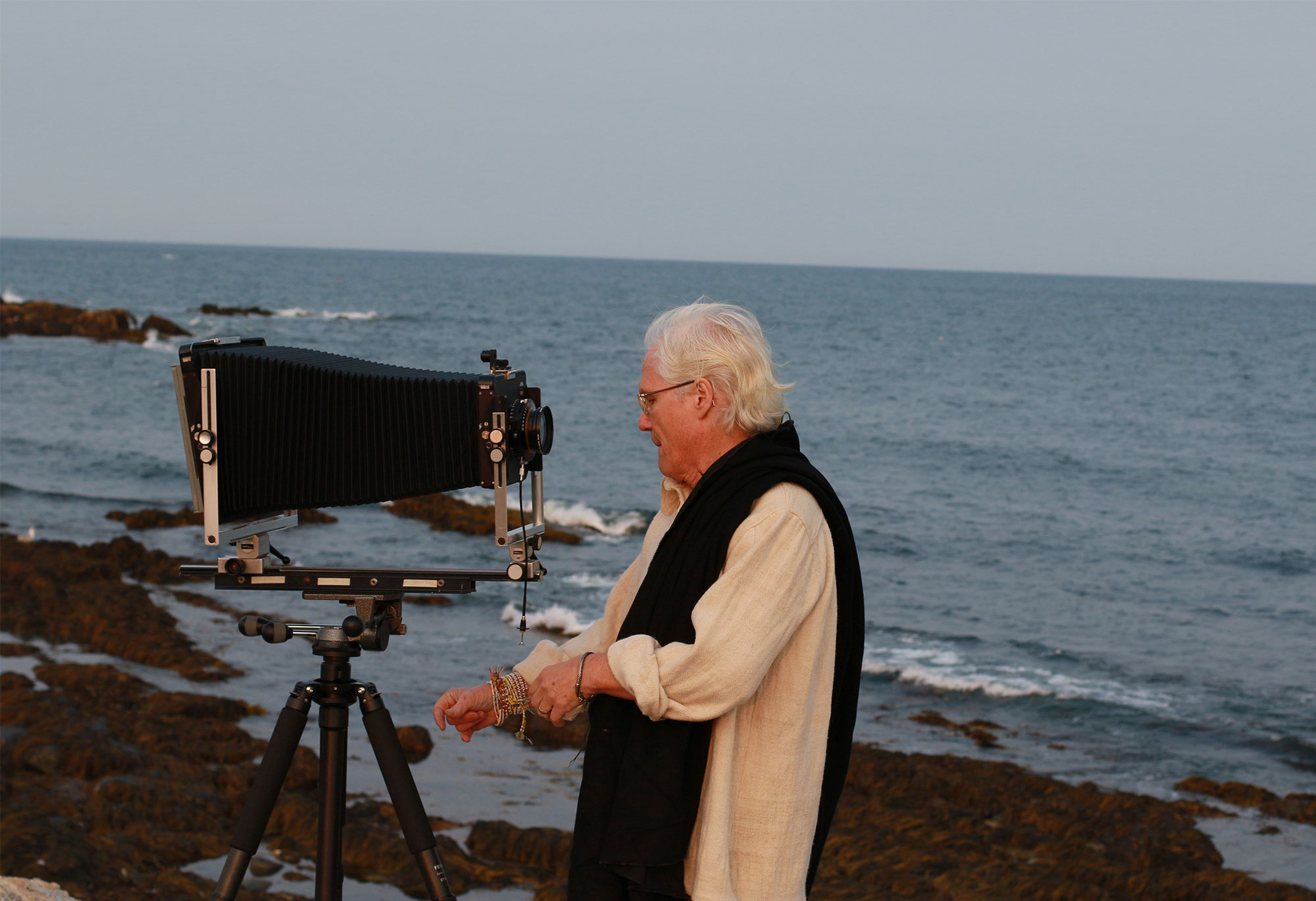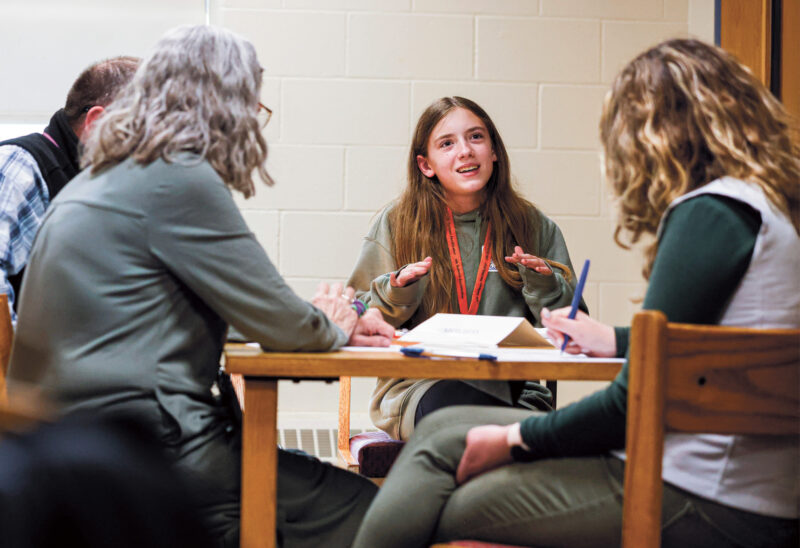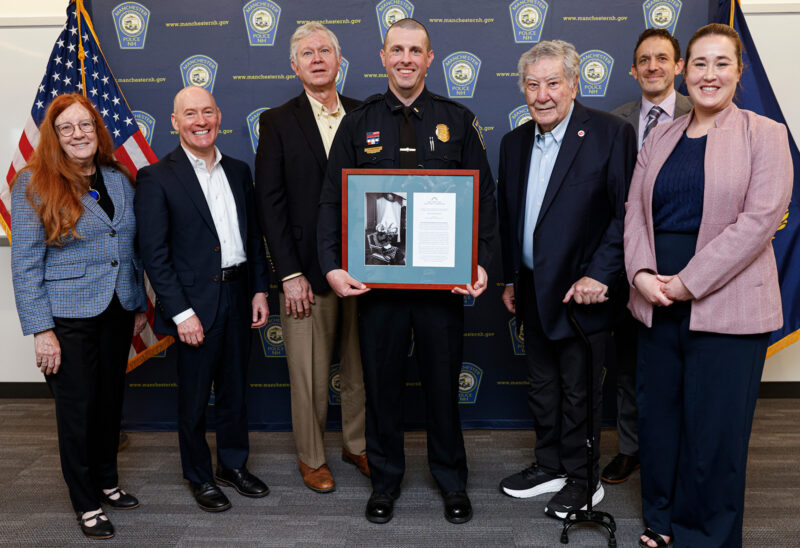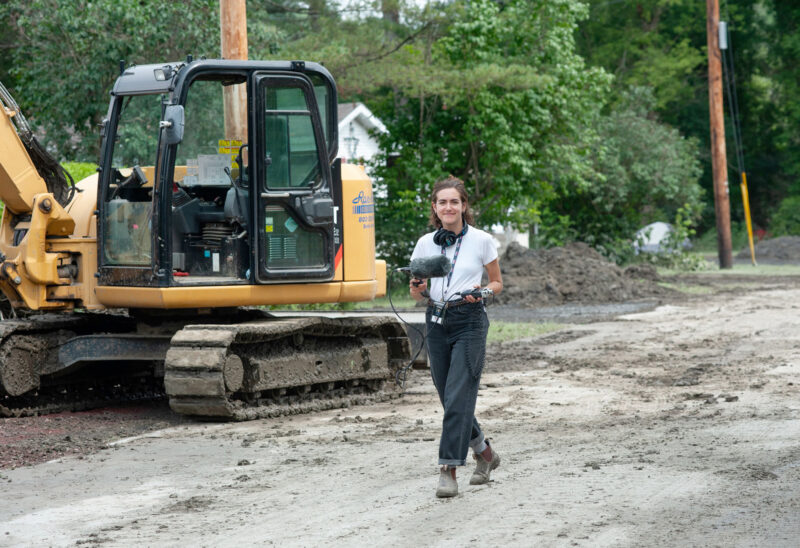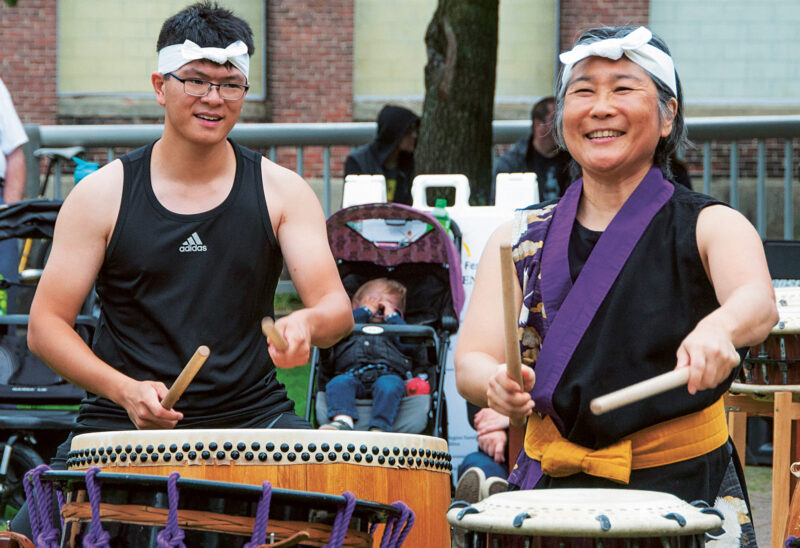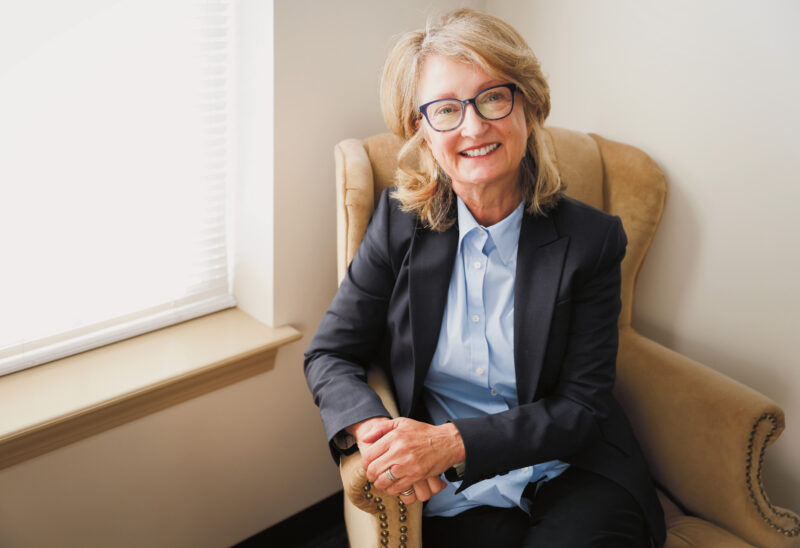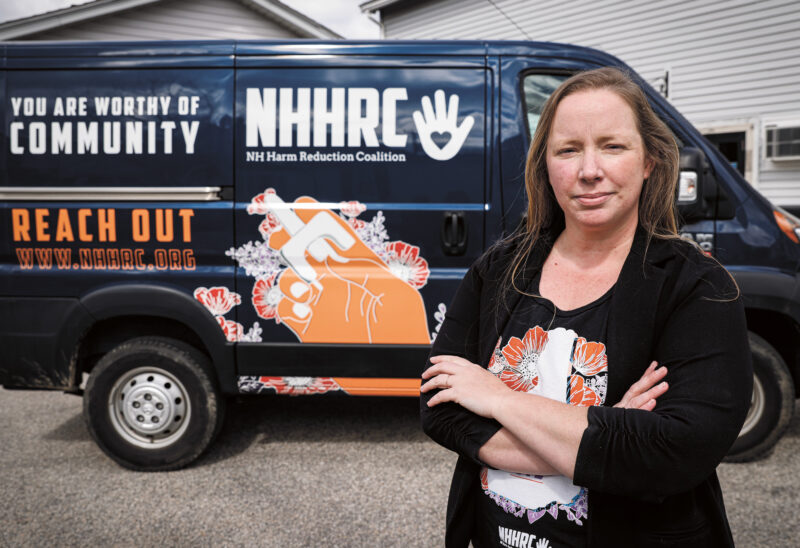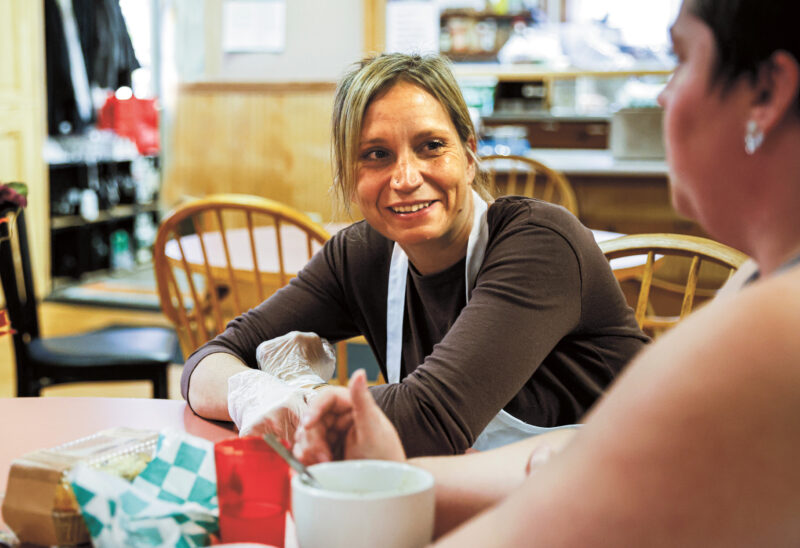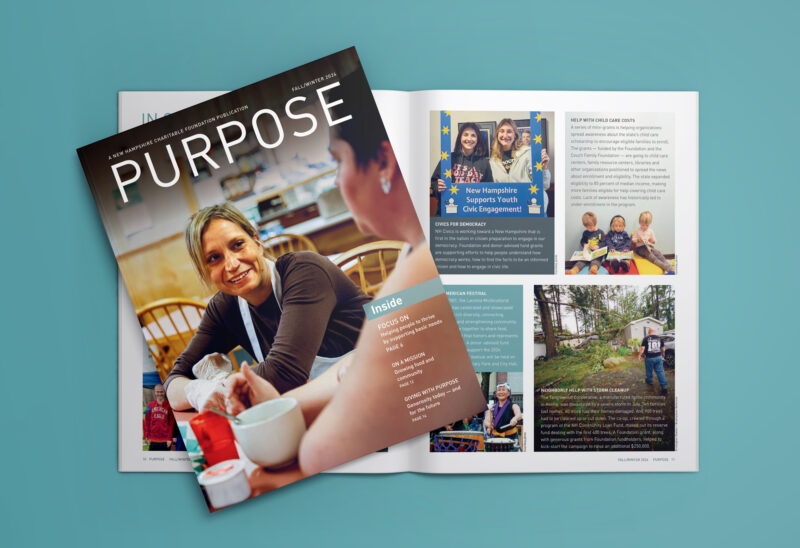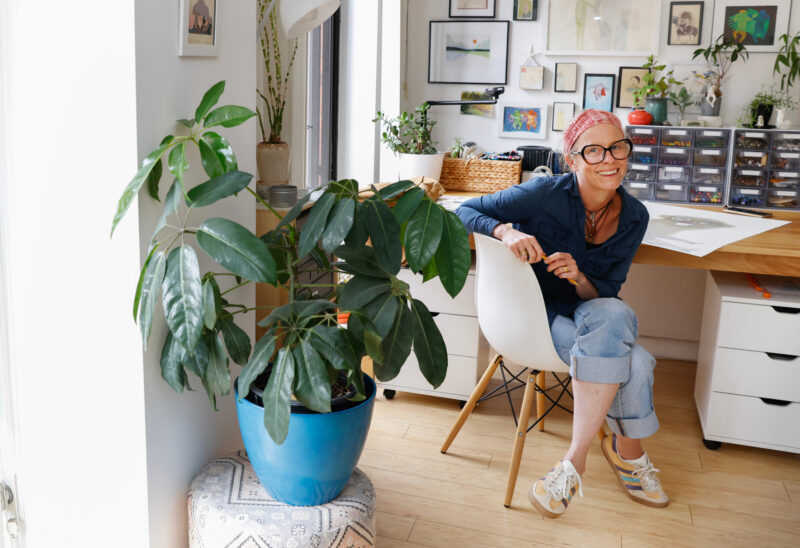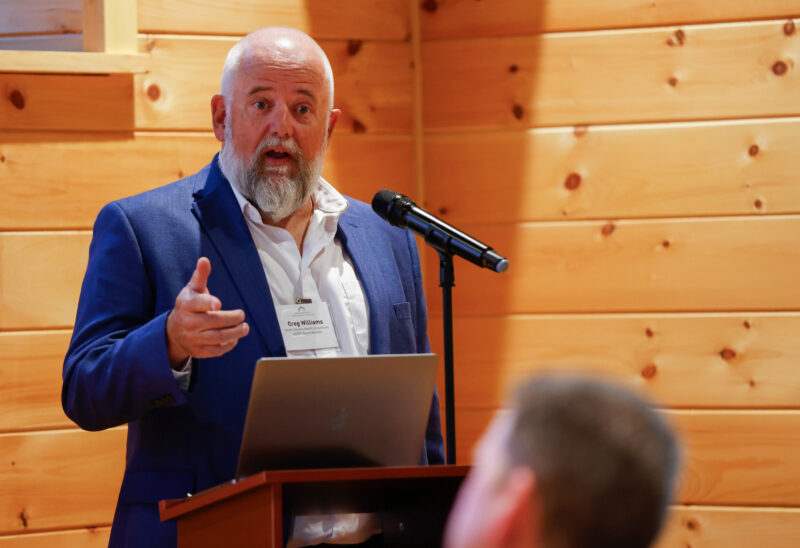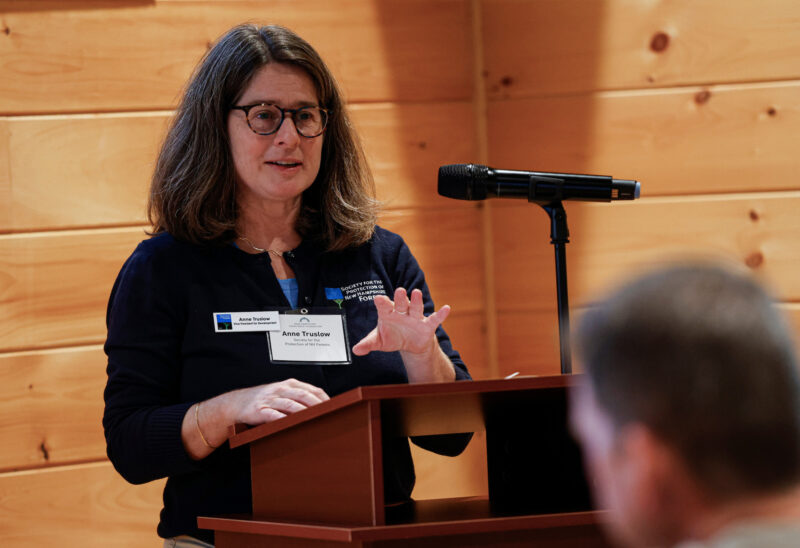Over decades, Carl Austin Hyatt has seen and collected enough stones from his journeys around the world. Now, he wants to share their visible beauty and what he sees as their invisible spiritual essences through his evocative photographs.
To Hyatt, stones are more than inanimate objects; photographs are more than visual images. The stones carry an inner force that enchants and beguiles him. The photographs provide a way to help reveal that enchantment and power to others.
With help from the 2020 Piscataqua Region Artist Advancement Grant from the New Hampshire Charitable Foundation, Hyatt, of Portsmouth, will revisit his collection of hundreds of stones and review years of ideas and sketches jotted in notebooks to produce large-format, black-and-white photographs — not just of scenes, but, he hopes, of senses.
“People have different aspects of nature that they are sort of open to or have a channel into,” Hyatt said. It could be birds, trees, horses or mountains that people “seem to have a special longing to be near or some feeling of deep relationship with, even if they can’t articulate that.”
For Hyatt, it is stones, so much so that he almost became a geologist. He also tried his hand at writing, then discovered photography and made it his life’s work.
Hyatt said the $25,000 grant — one of the largest unrestricted grants awarded to a single artist in the country — will allow him to spend uninterrupted time exploring the palpable connection he feels with stones and producing images to capture that invisible essence. (Runners-up were Shaina Gates of Exeter, who received a $2,000 grant, and Jocelyn Toffic of Dover, who received $1,000.)
“In order to build a powerful relationship with anything, what’s necessary is immersion,” Hyatt said. “That’s not possible if you are constantly checking your emails and Facebook page, or having to drop everything and run out and do a (photography) job.”
Hyatt is a 1996 MacDowell Colony Fellow whose portraits and landscapes are represented in public and private collections across the United States, Canada, Europe and Asia. His work is in the permanent collections of the Smithsonian Institution, the Museum of Fine Arts in Boston, Manchester’s Currier Museum of Art and the Ogunquit Museum of American Art in Maine.
Hyatt started photographing stones in the early ‘90s, mostly along New Hampshire’s Atlantic Ocean coastline. Now he feels prepared to combine his maturity as a photographer/artist with all he has learned about the sacred quality of stones while studying with indigenous cultures around the world, including in South America and Africa.
“It is not hard to photograph a stone,” he said. “What’s more difficult is to create a work of art where the essence of that stone starts to speak to other people or to reveal itself. At my age and with the amount of time I’ve spent contemplating this body of work, I am particularly ready to bring it to fruition.”
The stones along the coast drew Hyatt to move to New Hampshire 35 years ago and they are why he has stayed.
After growing up on Long Island, N.Y., and Connecticut, “kicking around” for about a decade and traveling out West, he came to a point where he considered moving to either the East or West Coast. He decided on New Hampshire after an extended stay with his brother, who was housesitting a home in the Seacoast town of Rye.
“We drove up the coast on the way to Portsmouth one day right after I got here,” Hyatt said. “I got out of the car and looked at the ocean and went ‘Oh my God! This is it.’ To have that kind of access to wild nature just by driving up and taking the camera out of the car ….’”
His love for stones, and interest in their value to indigenous cultures, also led him to the mountains of Peru, where he spent time with a tribe whose shamans worked to tap the healing and spiritual qualities of stones.
“If you view everything around us as potentially conscious and aware, then the difficulty of communicating with the spirit of a room, a mountain, a stone or a tree starts to fall away,” he said. “When you shift to that sense of the world — that the world is alive — then that opens you up to being able to communicate with anything.”
The grant will cover Hyatt’s studio overhead for six months, let him install new lighting and a new scanner for large negatives, and support marketing efforts and a book of original prints to promote his new work to galleries and curators.
Hyatt makes his photographs with a large-format view camera in the long tradition of American photographers like Edward Weston, Paul Strand and Ansel Adams. The process is far from a point-and-shoot operation. It includes tripods, film holders for sheets of film that must be inserted for each photograph, a dark cloth hood (for Carl and his shock of white hair), large lenses and experienced attention to detail to properly align and focus the camera bellows, lenses and shutter mechanisms.
The 8 x 10 negatives can be enlarged to make images the size of a double-hung window. In his darkroom, Hyatt prints on gelatin silver paper, the most common for black-and-white prints, and platinum paper, which offers very soft contrast and rich tonal values.
Hyatt relishes the time he will have to focus on the hundreds of stones that cover shelves and fill boxes in his studio. Some are several feet long. Others are as small as a dime. All called his attention at one time and all spark his imagination.
“When you are walking down the beach or through the mountains, you say ‘Oh, look at that,’” he said, “you and the stone are making a connection. You don’t pick up every stone on the beach, you pick up the ones that flirt with you.”
For Hyatt, each flirting stone he collected is like one or two words of a poem.
“But what’s the rest of the poem? That’s sort of what this project is about,” he said. “It’s a question of how does it fit together, just like words, in a larger context of meaning.”

